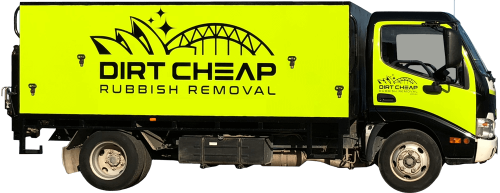How To Select The Right Dumpster Size For Your Project: A Comprehensive Guide
How To Select The Right Dumpster Size For Your Project: A Comprehensive Guide
Blog Article
Material Writer-Hahn Davies
When starting a job that requires a dumpster, the size you pick can greatly impact its efficiency and cost-effectiveness. Imagine having the perfect container that fits all your waste without being exceedingly large or too little. All of it begins with recognizing the subtleties of your task and choosing a dumpster dimension that lines up with your specific requirements. So, prior to 20 Yard Dumpster Rental Cost decide, think about the elements at play to ensure a seamless waste monitoring procedure throughout.
Factors to Consider
When deciding on the appropriate dumpster size, there are several vital variables to think about.
Initially, consider the kind of waste you'll be throwing away. Different materials might call for varying quantities of space, so recognizing what you'll be placing in the dumpster is crucial.
Next, assess the quantity of waste you expect to produce. If you take too lightly the quantity, you may require to make several journeys to throw away whatever, which can be bothersome and expensive. On the other hand, leasing a dumpster that's also huge can cause unneeded expenses.
Furthermore, take into consideration the area where the dumpster will be positioned. Make sure there suffices area for the dumpster to be supplied and gotten without any obstructions.
Lastly, think about any kind of weight limitations that might apply. Going beyond the weight limitation can result in extra costs or perhaps the rejection of service.
Dumpster Dimension Alternatives
For picking the ideal dumpster dimension, it's necessary to have a mutual understanding of the readily available alternatives. Dumpster sizes usually vary from 10 to 40 cubic yards, with variants in between.
A 10-yard dumpster appropriates for little jobs like a garage cleanout or a tiny improvement. If you're dealing with a medium-sized project such as a kitchen area remodel or a basement cleanout, a 20-yard dumpster may be the right choice.
For get more info like a whole-house remodelling or industrial construction, a 30 or 40-yard dumpster could be better to accommodate the volume of waste generated.
When selecting a dumpster size, consider the amount and kind of debris you anticipate to get rid of. It's better to select a somewhat larger dimension if you're not sure to avoid overfilling. Bear in mind, it's even more cost-efficient to rent a dumpster that fits your requirements rather than needing to order an additional one.
Matching Size to Job
Optimally matching the dumpster size to your job is critical for reliable waste management. To figure out the right size, take into consideration the extent and nature of your project.
For little family cleanouts or restorations, a 10-yard dumpster may be enough. These are usually 12 feet long and can hold around 4 pickup truck loads of waste.
For bigger jobs like redesigning multiple rooms or clearing out a huge estate, a 20-yard dumpster might be preferable. These are around 22 feet long and can hold approximately 8 pickup truck lots.
If you're taking on a major construction task or industrial restoration, a 30-yard dumpster could be the very best fit. These dumpsters have to do with 22 feet long and can fit concerning 12 pickup lots of particles.
Matching the dumpster size to your job guarantees you have sufficient area for all waste materials without paying too much for extra capability.
Conclusion
To conclude, selecting the ideal dumpster size for your job is vital for effective waste disposal. By considering aspects like the kind and quantity of waste, room schedule, weight constraints, and budget plan restraints, you can ensure you have the suitable size dumpster for your requirements. Make certain to match the size of the dumpster to the scope and nature of your task to stay clear of overspending on unneeded expenses.
